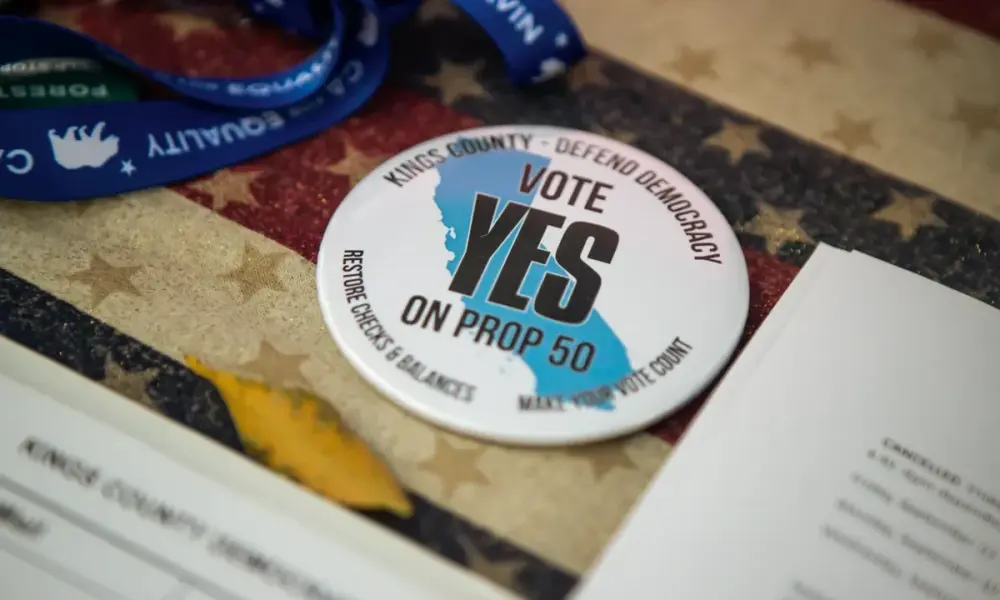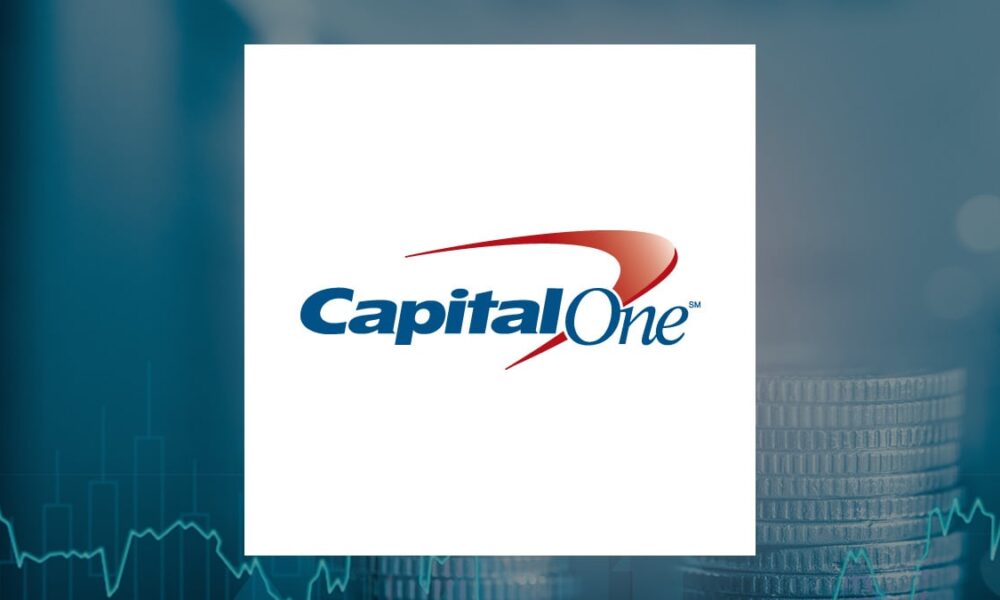Former President Barack Obama has stepped into California’s political arena, urging voters to support Gavin Newsom‘s Proposition 50 in a high-stakes election set for November 4, 2024. The proposition seeks to temporarily adjust California’s congressional districts to favor Democrats. In a recent advertisement, Obama stated, “Democracy is on the ballot,” highlighting the urgency of the situation as both sides ramp up efforts to sway voters.
As the election date approaches, fundraising totals illustrate a significant disparity. The campaign supporting Proposition 50 has raised nearly $97 million, more than double the $42 million amassed by its opponents. This financial advantage includes substantial contributions from high-profile organizations and individuals, including the House Majority PAC and billionaire donor George Soros. The campaign also benefits from a robust network of over 68,000 individual contributors since July.
Despite this financial edge, recent polling indicates a close race. According to a survey by the nonpartisan Cook Political Report, approximately 50% of registered voters expressed support for Proposition 50, while 35% opposed it. Alarmingly, nearly half of the respondents reported being undecided or only loosely committed to their choices. With the election drawing near, both campaigns are focusing on mobilizing voters, particularly targeting key demographics such as Latino voters.
Campaign Strategies and Voter Engagement
The opposition campaign is emphasizing concerns about the implications of gerrymandering. Ads from the “No on Prop. 50” side argue that the proposition undermines good governance, with messages such as “Politicians Can Rig Elections” resonating with potential voters. Jessica Millan Patterson, leading the No campaign, aims to attract independents and dissatisfied Democrats. She asserts that the campaign’s focus is on a straightforward message about the risks of empowering politicians to draw their own districts.
Conversely, proponents of Proposition 50 are intensifying their anti-Trump rhetoric to galvanize support. The California Labor Federation, representing around 2 million members, is leveraging the discontent surrounding the former president’s policies to rally voters. Recent ads remind union members of the detrimental impacts of Trump’s administration on federal contracts and infrastructure spending.
The campaign’s outreach to Latino voters is particularly noteworthy. This demographic, comprising about 30% of likely voters in California, is viewed as pivotal in determining the outcome. A survey conducted by the Latino Community Foundation indicates that affordability remains a pressing concern for Latino voters, who also express disapproval of Trump by significant margins. The Yes campaign has allocated over $10 million toward outreach efforts targeting this community, employing both Spanish and English ads and engaging with local organizations.
Polling Insights and Final Push
While the fundraising advantage lies with the Yes campaign, the Cook Political Report’s findings reveal a critical opportunity for the No campaign. Approximately 56% of respondents who indicated potential support for Proposition 50 acknowledged discomfort with politicians influencing district boundaries. This sentiment presents a potential avenue for the No campaign to solidify their base and sway undecided voters.
The final weeks leading to the election will be crucial for both sides. The Yes campaign must maintain momentum while addressing the concerns of undecided voters. At the same time, the No campaign must work diligently to convert soft supporters and engage those who are apprehensive about the implications of gerrymandering.
As California prepares for this consequential vote, the stakes are high. With significant financial resources and strategic messaging in play, both campaigns are poised to make a significant impact on the political landscape, not only in California but across the nation.







